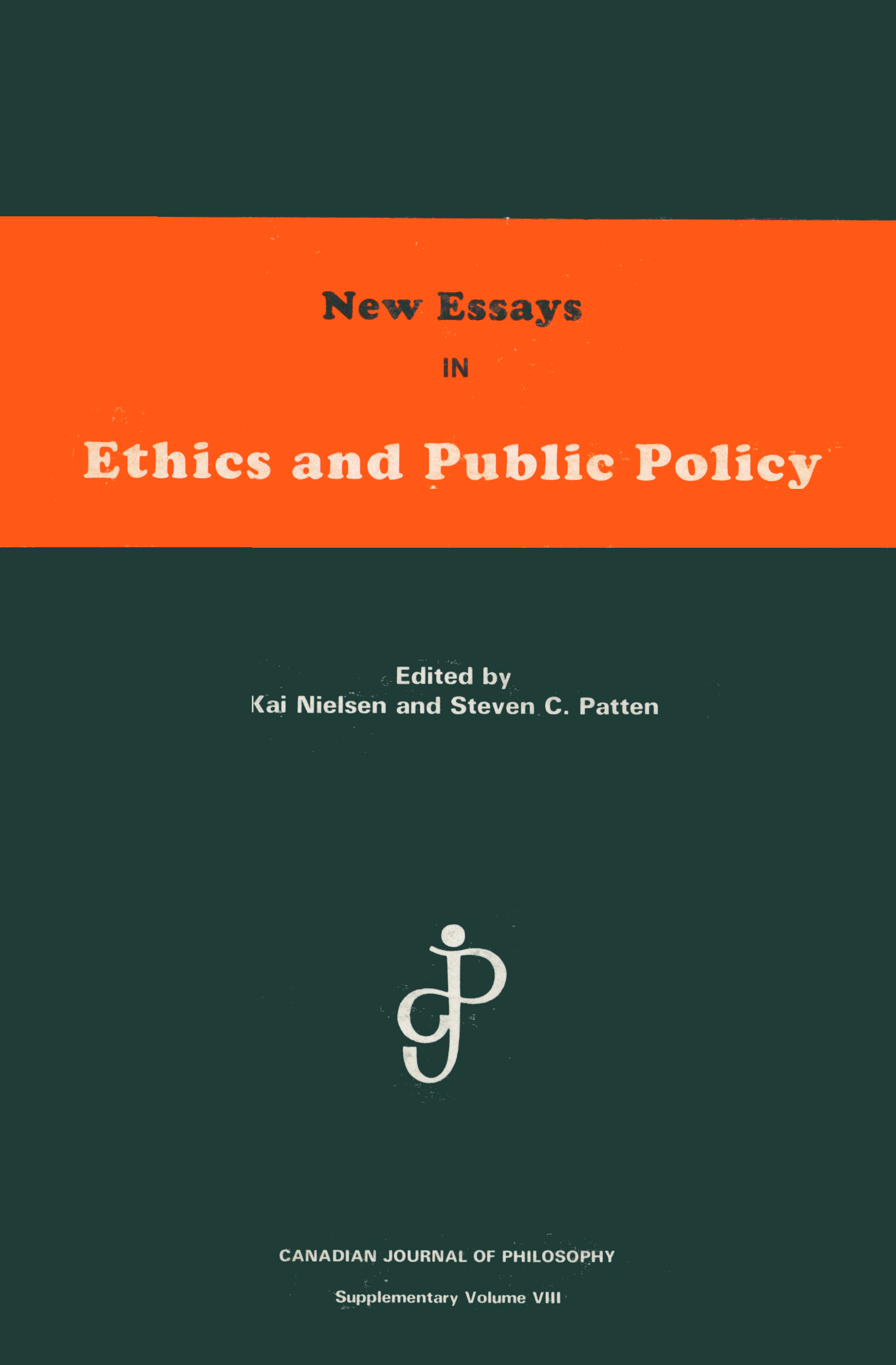Article contents
Emotions Are Not Modules1
Published online by Cambridge University Press: 01 January 2020
Extract
Jane is calmly strolling through the forest one lovely day. Suddenly, a large spider drops in front of her face. She immediately freezes; her heart races; her hands tremble; her face broadcasts “fear.” She screams and runs away. Both before and after, she concedes that spiders in this forest are harmless.
Jane's reaction to the spider contrasts greatly with the way she normally reacts to events. Normally, or so the story goes, Jane weighs her options thoughtfully, choosing a course of action consistent with her beliefs and with the greatest benefit. Indeed, her reaction to the spider contrasts so greatly with calm, rational, deliberate, belief-consistent action that traditional folk psychology supposed two different kinds of mechanism are at work: animal-like emotion (located in the heart and gut) versus human reason (located in the mind). Her emotion explains her reaction to the spider. Her emotion made her do it.
- Type
- 2. Modularity and Basic Emotions
- Information
- Canadian Journal of Philosophy Supplementary Volume , Volume 32: The Modularity of Emotions , 2006 , pp. 53 - 71
- Copyright
- Copyright © The Authors 2006
References
- 9
- Cited by


